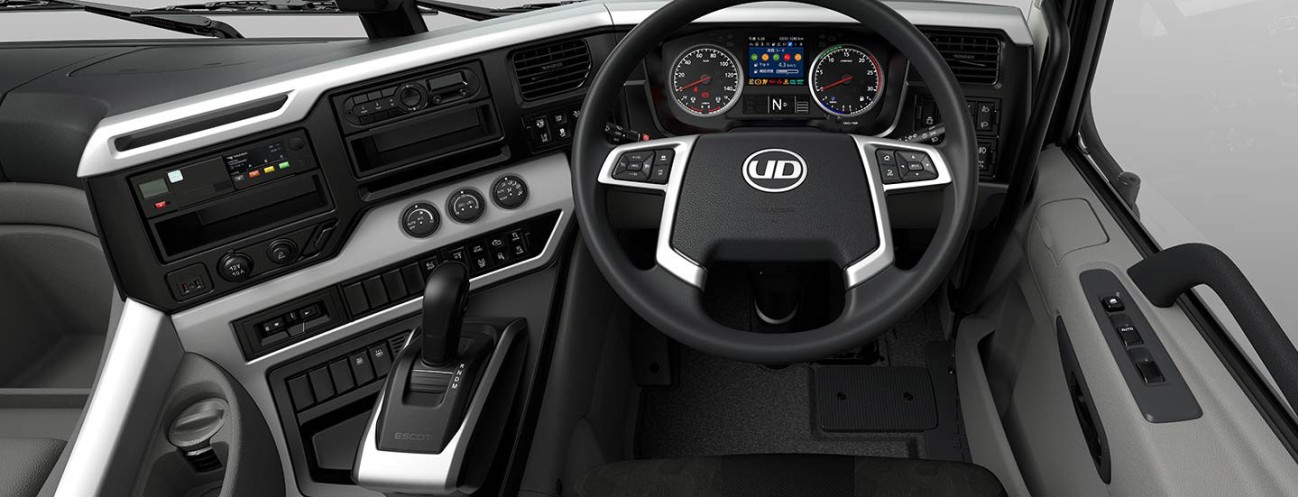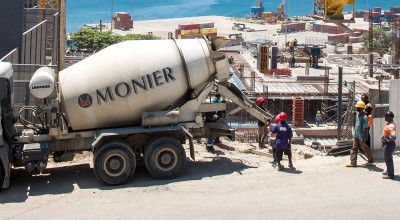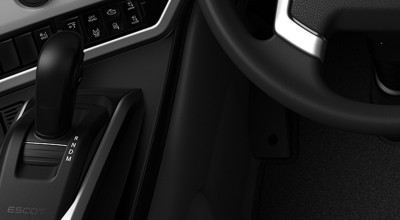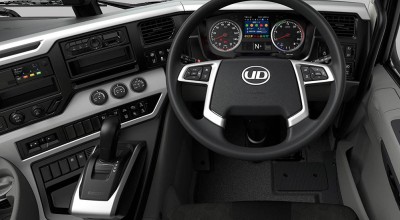
A logistics innovator
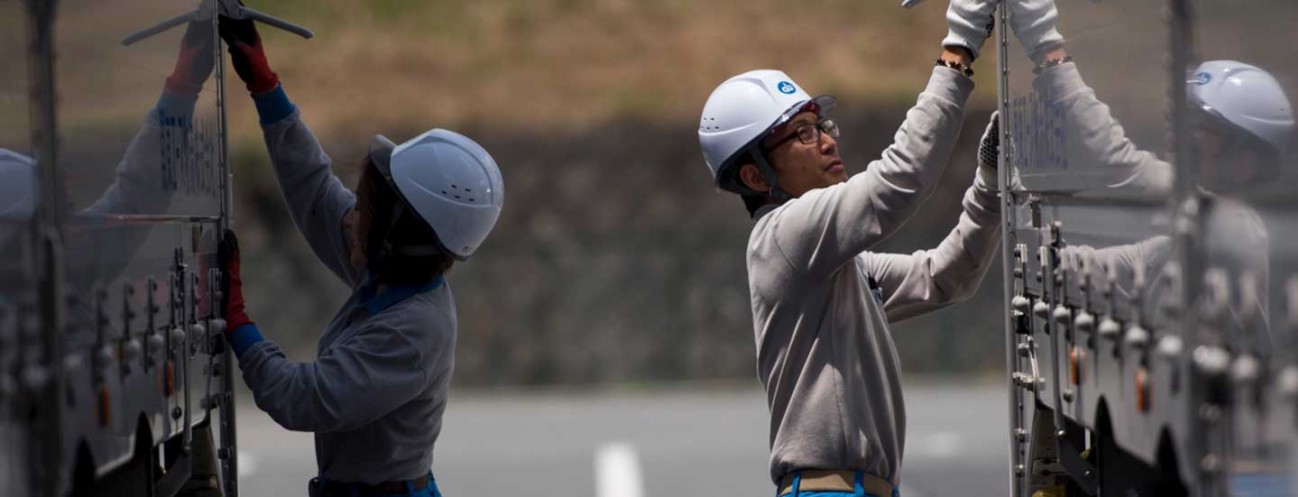
Logistics in the food industry faces many challenges in Japan: a shortage of truck drivers, rising distribution costs, and increasingly strict environmental restrictions on CO2 emissions. Ajinomoto Logistics Corporation (ALC) has been tackling the problem by increasing employee welfare and bringing in more trailer trucks. On top of that, ALC also Introduced the Relay Liner® – a creative tactic that improves operation efficiency while reducing long-haul operations with a relay center in between Mie distribution center and Kuki distribution center – the Shizuoka Relay Center.

Miki Ichikawa is one of ALC’s relay Liner drivers. She drives her Quon from Mie distribution center to Shizuoka, where she exchanges her trailer with another truck’s trailer from Kuki distribution center. Both drivers then return to their respective depots. Cargo delivery is therefore completed without the need for drivers to sleep over night in another city.

Although Miki always thought that driving a truck would be her dream job, she says, “I wasn’t sure if I could do it, because I have a young child and couldn’t work long hours or come in early.” It just happened that ALC had a delivery job to the local storage facility from 8 am to 5 pm – so she applied to the company that she longed to work for in 2005. Now she drives Relay Liner® once a week and works as a Dispatch Administrator for the rest of the week.
Effective solution that easies driver shortage
Yoshio Kimura, who manages the purchasing of logistic assets for ALC has a clear idea of how Relay Liner helped the hiring. “To what extent we can reduce the drivers’ labor affects how many of them we can recruit. And with the Relay Liner® solution, we have separated the driving and the storage operations. Not only can the drivers go home on the same day but they are also freed from all the loading and unloading. This results in shorter working hours and less burden, and we believe it’s especially beneficial to female drivers,” says Kimura, “Our aim is to reduce the drivers’ physical workload, and that is what we are investing in.”
LQuon with ESCOT Transmission – the sole partner for Relay Liner®
ALC has 470 trucks within Japan and about 100 of them are UD trucks. For heavy- duty trucks including Relay Liners®, they only use Quon with ESCOT transmissions.

Aside from trusting the performance of UD trucks, ALC also rely on UD’s driver training programs. “We mainly train our new truck drivers in the fuel efficiency workshop and driving lessons delivered at the UD Experience Center in Ageo,” Kimura says, “Our teams took two courses in 2016. We are looking to increase the number of trailer trucks, and UD supported us perfectly on this.”
Modern logistics calls for innovation
Relay Liner® is one of the creative solutions that ALC designed addressing the challenges of the modern day logistics. The President of ALC, Hiroyuki Tanaka has even bigger ambitions, aiming to restructure the entire logistics industry.

“The era of consumer marketing, where companies competed by producing and selling more, is over. Now marketing has shifted to ‘social value creation’, and logistics companies need to shift from manufacturer-centered operations to customer-centered operations. Although manufacturers compete with each other, co-delivery is the answer for logistics companies to achieve higher efficiency and lower costs, and this is what produces social values in the end,” he explains.
That is how ALC’s F-LINE project – Food Logistics Intelligent Network – was born. This joint delivery and management system initiated by Ajinomoto now includes six food companies, such as Kagome, Nisshin Foods and House Foods Group. Having begun its operation in Hokkaido prefecture in March 2016, the platform consolidates the six companies’ storage into two distribution centers and co-manages the shipment and delivery trucks. For the months of May to July 2016, the initiative achieved up to an 87 percent increase in average freight capacity and a 16 percent reduction in CO2 emissions.
“In the future, we’d like to consolidate all the major companies’ shipments and create a new cross-corporate delivery structure based on customers’ needs. By digitizing the operations and using a central management system, we can also offer a female-friendly work environment,” adds Tanaka. “Japan’s logistics system needs to evolve. My ultimate goal is to transform Japan into a leading country in logistics. It may sound like a dream right now, but I’m determined to make it come true. "

Gemba, the source of innovation
"To achieve customer-centric delivery operations we must meet our customers and get feedback from them. If we want to do planning and we have never been out of the office - that’s not possible. We need to actually see and feel the gemba – where things are happening – to understand the business and the cost associated with it. Plans and new objectives can only come from going to the gemba," says Tanaka.
As part of their efforts to encourage gemba, ALC set up a unique activity called Power-Up 10. “A small group of people gather feedback from each gemba, figure out what needs to be done, and initiate new ideas to improve their productivity by 10 percent,” explains Masahiko Matsumoto, the Division Manager for Processed Food Business, “The key is ‘No Action, No Future.’ Identify now, act now and utilize those findings to improve things.”


